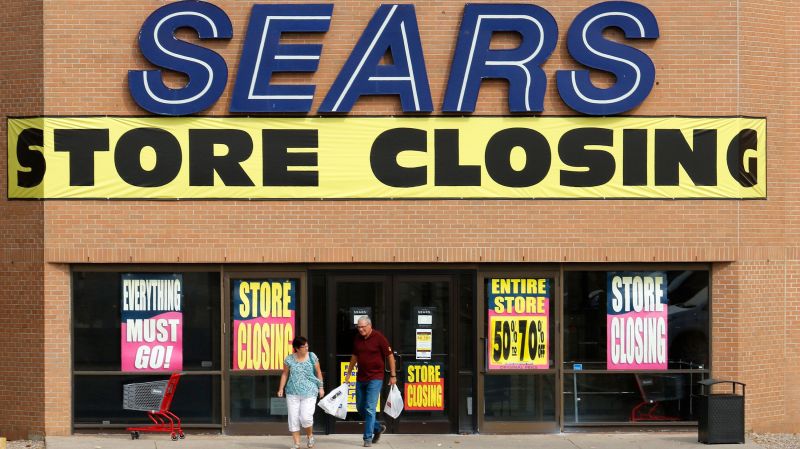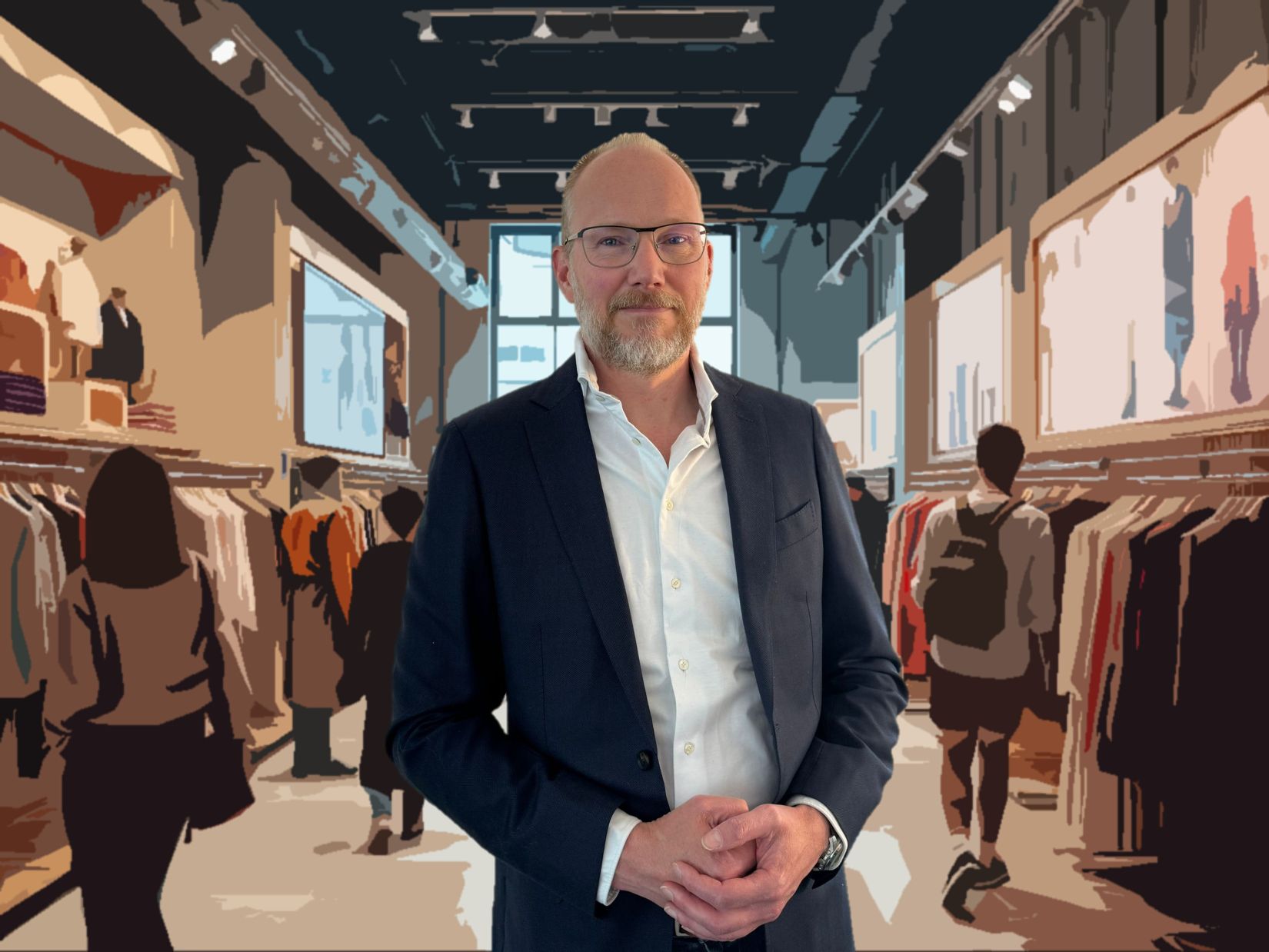Not long ago, Sears was a retail icon. With over 3,500 stores, it dominated the market and offered everything from appliances to insurance. But by 2018, it filed for bankruptcy. By 2024, it was down to fewer than 20 stores. Why? It didn’t evolve. It overlooked the rise of e-commerce, underinvested in its digital experience, and stuck with strategies that no longer resonated with today’s consumers.
Now take Target, a retailer that’s thriving by staying in tune with customer behavior. From seamless digital integration to curbside pickup, curated brand partnerships, and a modernized store experience, Target continually adapts to what people want, without losing its core identity.
What can we learn from this:
Listen to your audience—what they care about can shift quickly.
Invest in technology and design that make shopping intuitive and personalized.
Stay agile—balance innovation with operational excellence.
Of course, it’s not easy. Forecasting trends, managing complex supply chains, and keeping brand experiences consistent are real challenges. But the cost of standing still? Just ask Sears.
Which brand do you think is doing a great job staying connected to its audience?
Retail is changing fast and relevance is everything



